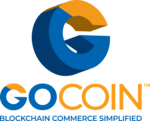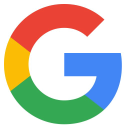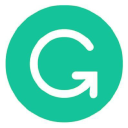How I Started A $2.3K/Month Learning Platform To Teach People How To Start A Web Design Business
Hello! Who are you and what business did you start?
My name is Ray DelVecchio, and I launched my blog, Website Profit Course, in 2015. The main goal is to help people who want to start a web design business by serving local small business clients.
Given the circumstances of 2020, I believe this mission is even more critical today. With remote work going mainstream, it’s easy to lose our community connections. Almost all of the best relationships that I’ve built throughout the years have come from one-on-one work with small business owners who live close enough for me to meet them.
Too many beginners seek quick, passive income (myself included). I want more folks to use service workers to create the same long-term value that I’ve experienced while gaining online marketing skills that they can utilize for any side-project down the road.
The flagship product that I sell is a Web Design Business Pro membership, where I provide the exact step-by-step training system with all the resources that landed me several web design clients. It includes a private forum for subscribers to ask questions...

Download the report and join our email newsletter packed with business ideas and money-making opportunities, backed by real-life case studies.

Download the report and join our email newsletter packed with business ideas and money-making opportunities, backed by real-life case studies.

Download the report and join our email newsletter packed with business ideas and money-making opportunities, backed by real-life case studies.

Download the report and join our email newsletter packed with business ideas and money-making opportunities, backed by real-life case studies.

Download the report and join our email newsletter packed with business ideas and money-making opportunities, backed by real-life case studies.

Download the report and join our email newsletter packed with business ideas and money-making opportunities, backed by real-life case studies.

Download the report and join our email newsletter packed with business ideas and money-making opportunities, backed by real-life case studies.

Download the report and join our email newsletter packed with business ideas and money-making opportunities, backed by real-life case studies.




























